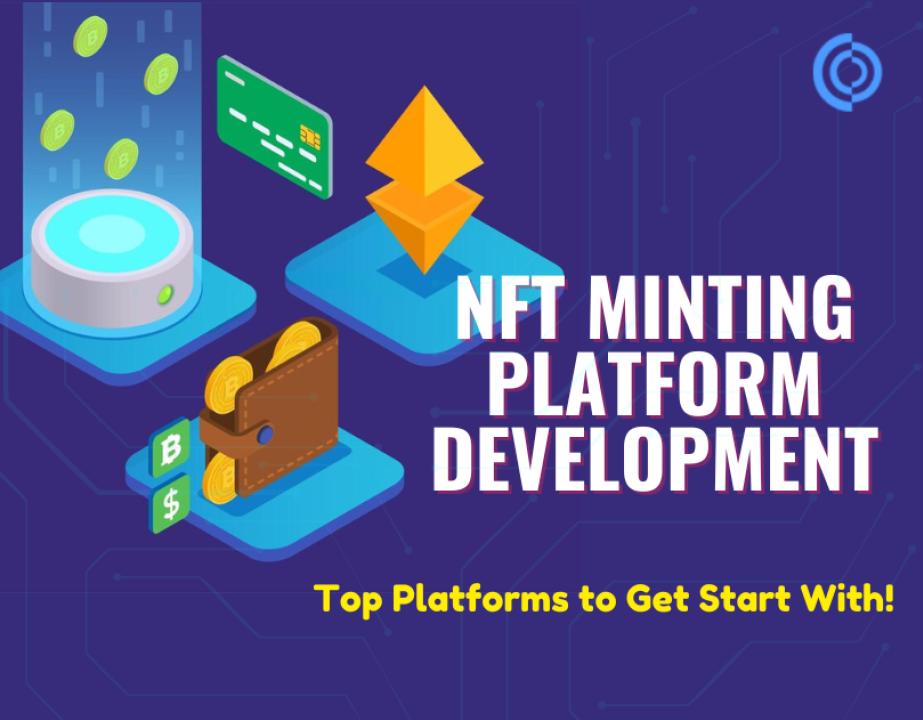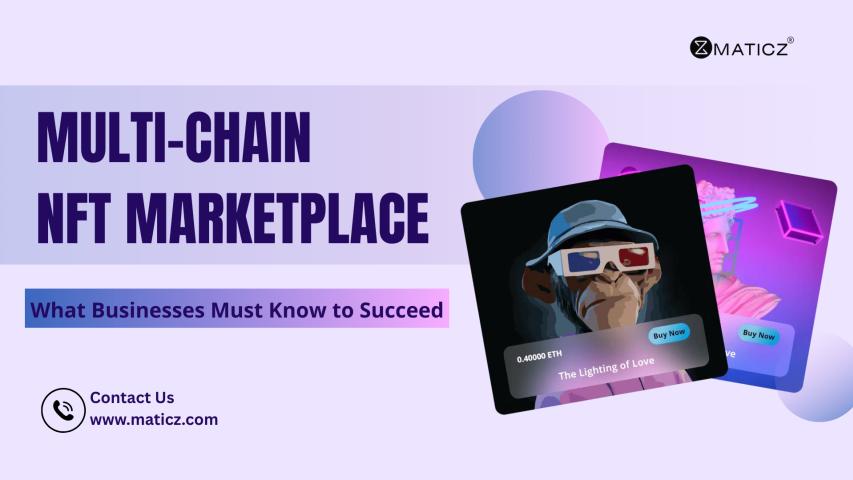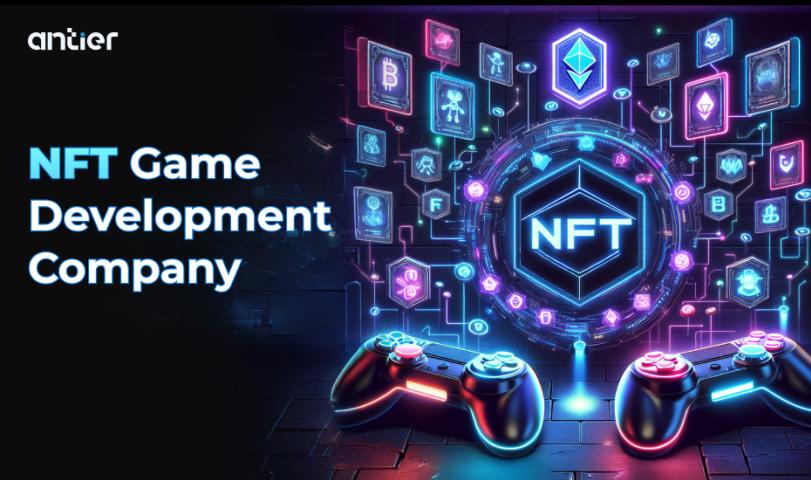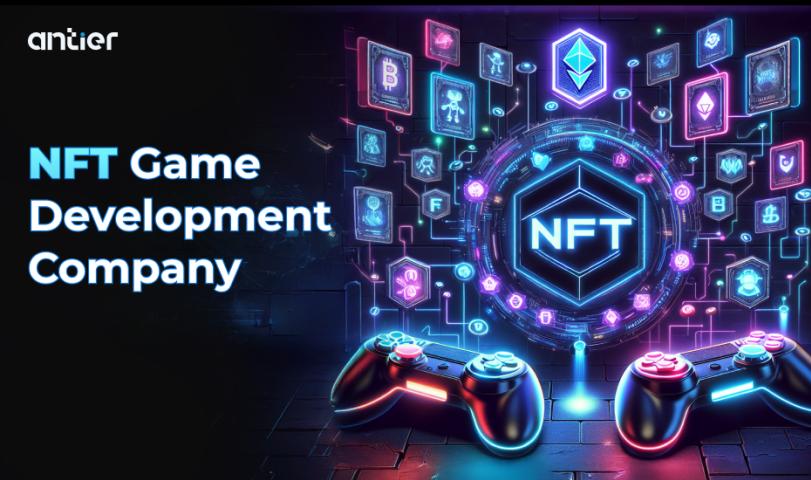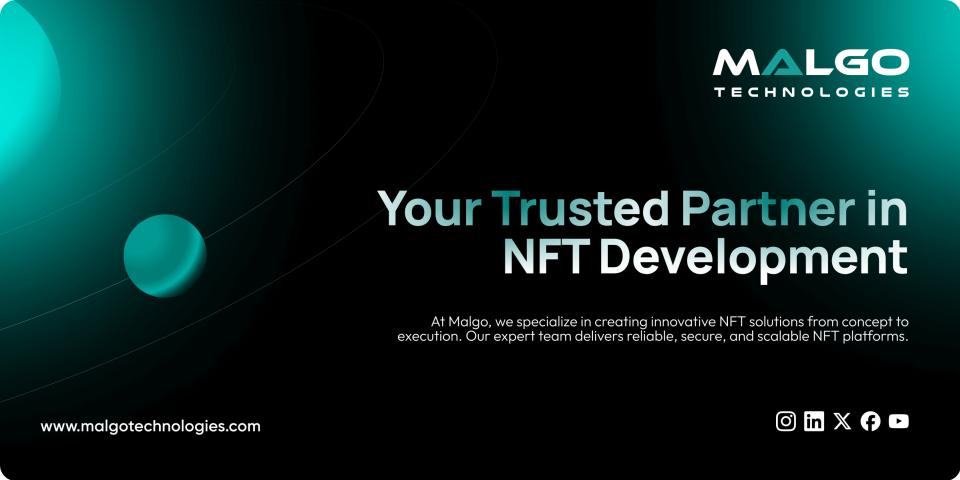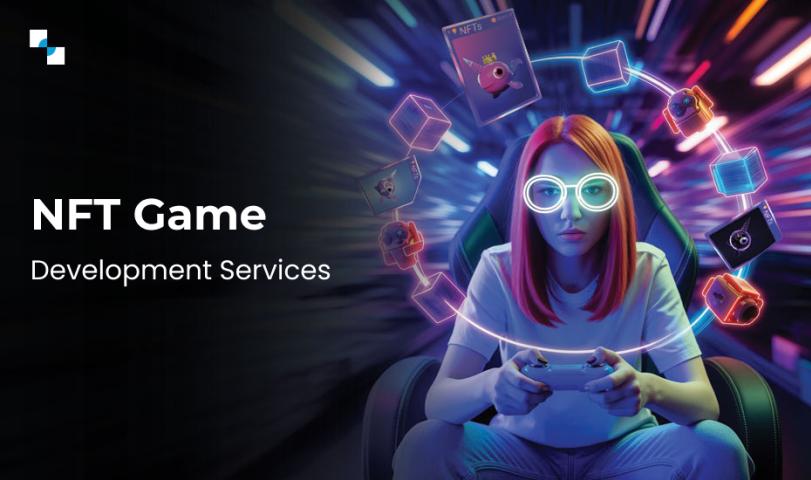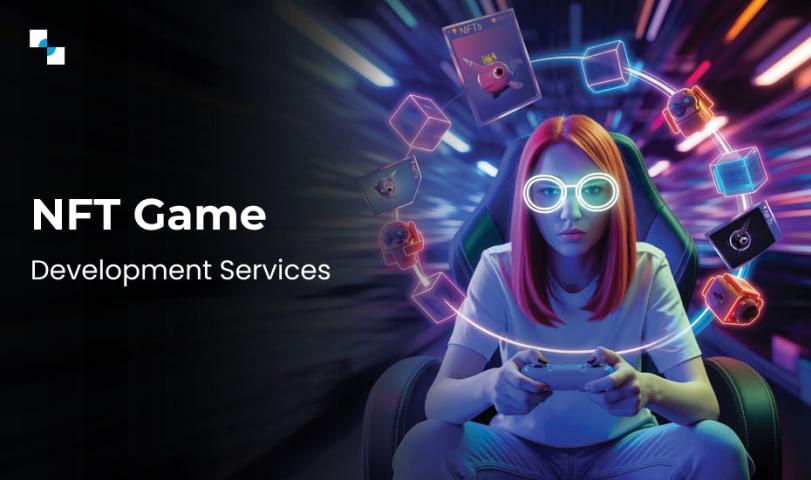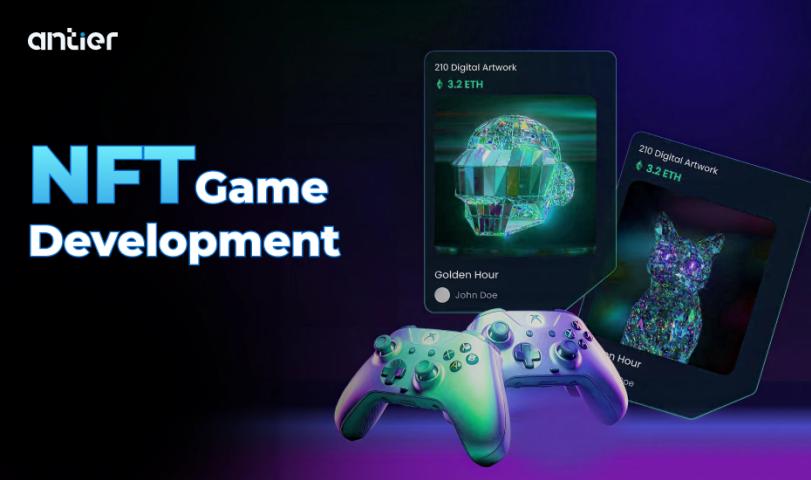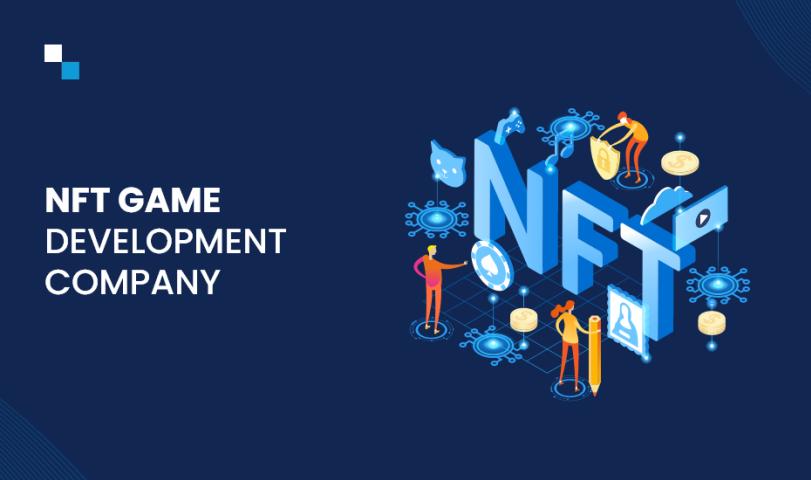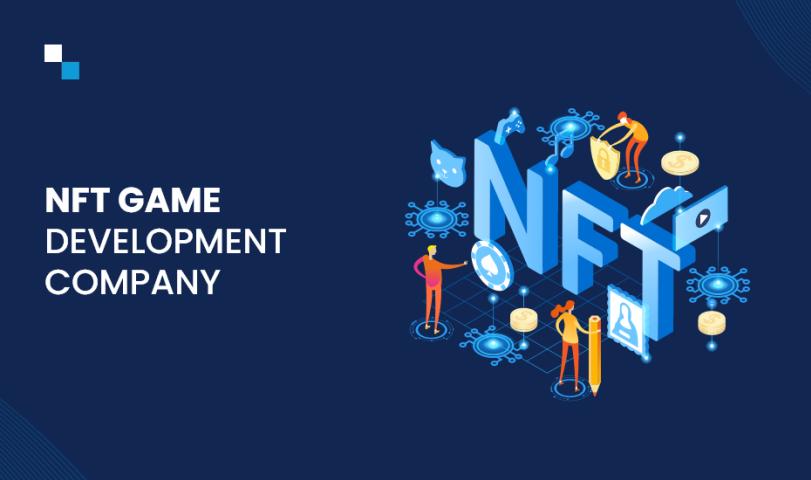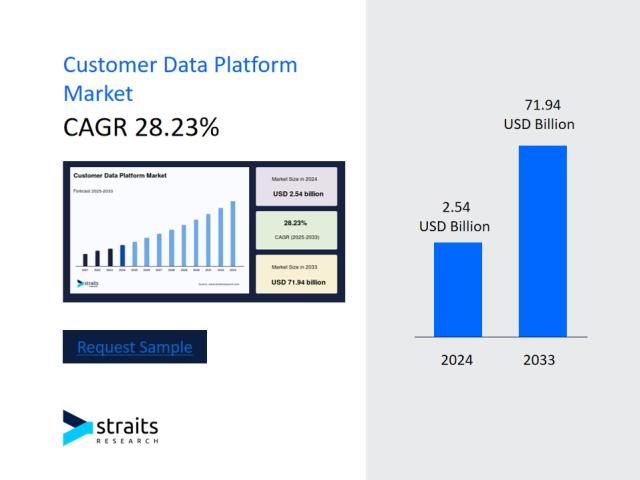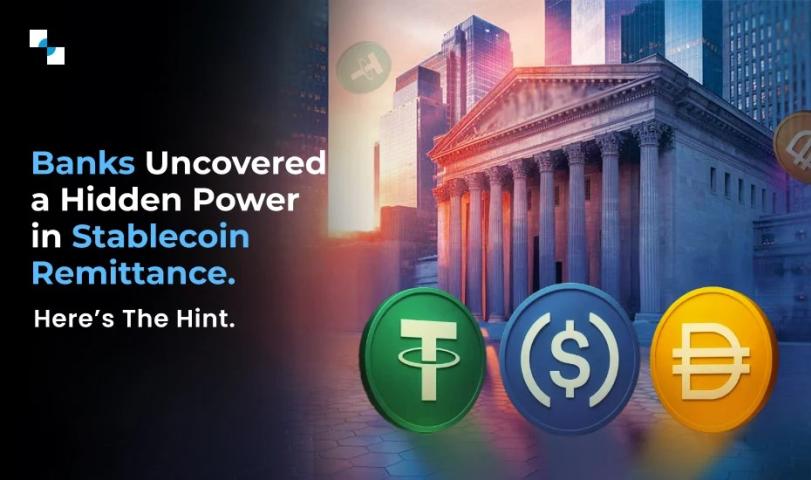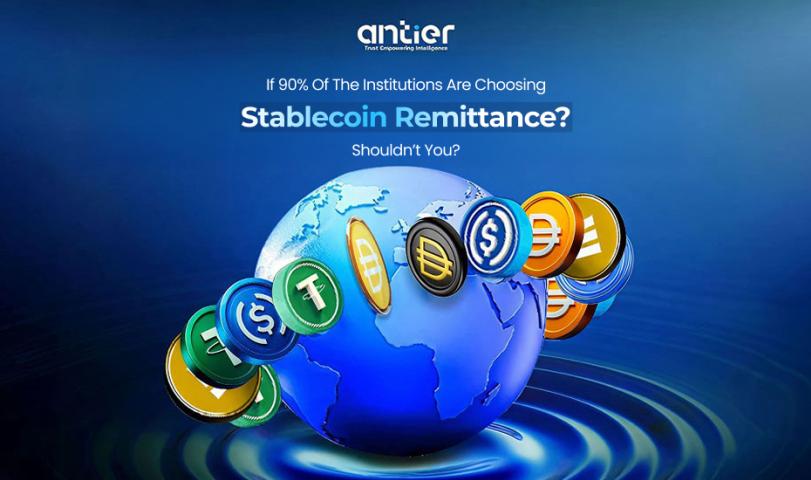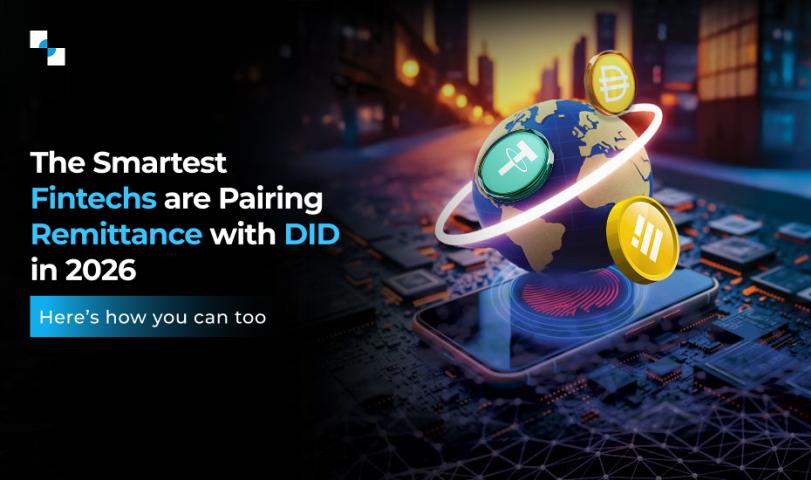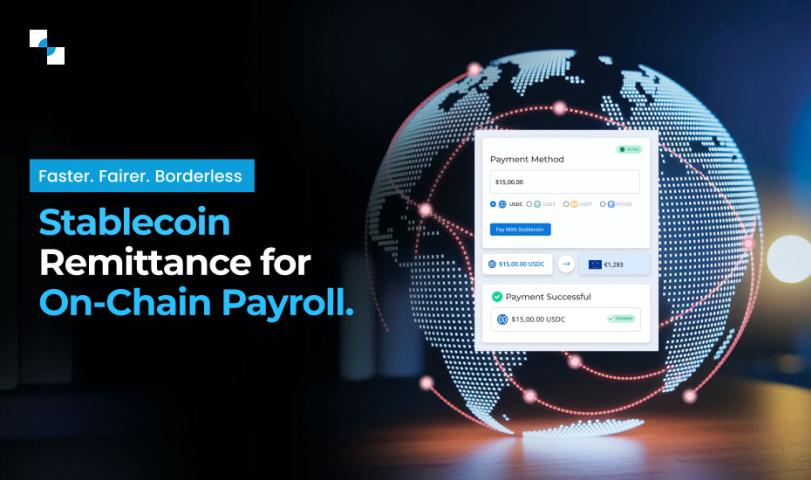The NFT Market has grown tremendously, evolving beyond digital art into gaming, real estate, music, and even identity verification. Startups have a golden opportunity to tap into this expanding market by creating NFT minting platforms that cater to creators, collectors, and investors. However, with increasing competition, success hinges on offering the right features that enhance user experience, security, and scalability.
Features of NFT Minting Platform for Startups
Here are some of the features to implement in a Startup-friendly NFT Minting Platform. So, this platform can be attractive for users and creators.
User-Friendly Minting Process
For an NFT minting platform to gain traction, the process of creating NFTs must be seamless and intuitive. Many creators, especially those new to blockchain, may not have the technical expertise to navigate complex minting procedures.
A well-designed UI/UX with a simple drag-and-drop interface, customizable metadata fields, and a one-click minting option can significantly boost user adoption. Supporting multiple file formats and providing templates for collections can further streamline the minting experience.
Multi-Chain Compatibility
Ethereum remains a dominant blockchain for NFTs, but high gas fees and congestion have driven demand for alternative blockchains like Solana, Polygon, and Binance Smart Chain. A successful NFT minting platform should offer multi-chain compatibility, allowing users to choose their preferred blockchain based on transaction costs, speed, and security.
Cross-chain interoperability ensures users can mint and transfer NFTs across different networks, increasing the platform’s flexibility and appeal.
Smart Contract Customization & Royalties
Smart contracts are the backbone of NFTs, defining ownership, transfers, and royalties. A robust NFT minting platform should allow creators to customize their smart contracts without requiring deep coding knowledge.
Features like automated royalty payments ensure that artists and creators receive a percentage from secondary sales. Platforms that empower users to define royalty structures will attract more high-quality projects and creators looking for long-term passive income.
Secure and Scalable Infrastructure
Security is a top priority in the NFT space, as hacks, scams, and fraudulent activities have plagued the industry. Implementing decentralized storage solutions like IPFS, robust encryption, and secure wallet integrations (MetaMask, WalletConnect, etc.) helps build trust among users.
Additionally, scalability is crucial—your platform should be capable of handling increased traffic without compromising speed or efficiency. Leveraging Layer-2 solutions can help reduce congestion and transaction fees, making the platform more user-friendly.
Built-in Marketplace & Community Features
A successful NFT minting platform should not only focus on minting but also provide a thriving marketplace where users can showcase, buy, and sell their NFTs. Adding community engagement tools such as discussion forums, voting mechanisms, and social media integrations can boost user retention.
Gamification elements like leaderboards, rewards, and exclusive airdrops can encourage participation and create a loyal user base.
Get Started with NFT Minting Platform Development
Building an NFT minting platform requires expertise in blockchain development, smart contract security, UI/UX design, and scalability solutions. Partnering with experienced NFT Marketplace developers who understand Web3, DeFi, and NFT ecosystems is crucial. Whether hiring an in-house team or outsourcing development, ensure your developers have experience with Solidity, Rust, and smart contract auditing.
A well-structured NFT minting platform with the right features can position startups for long-term success. By focusing on these features, entrepreneurs can create a platform that stands out in the competitive NFT space. Investing in the right development team will be the final key to turning your vision into reality.
